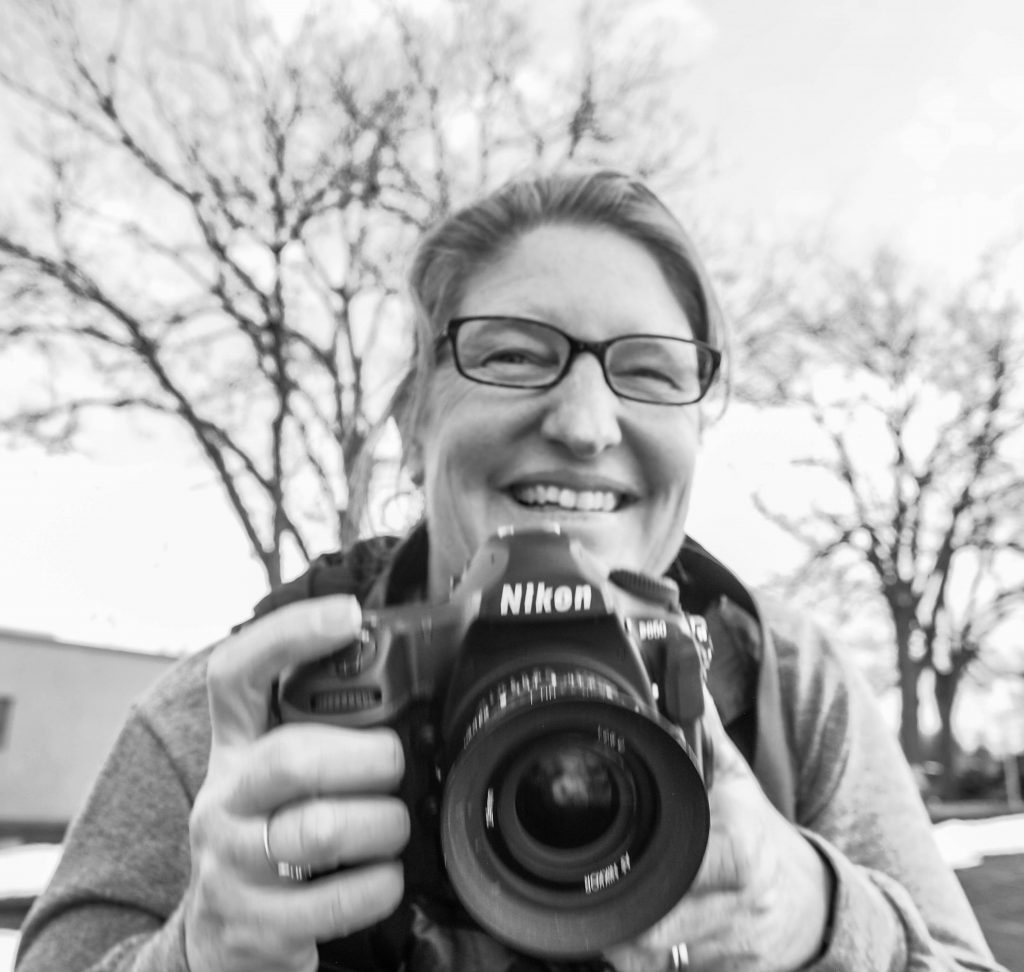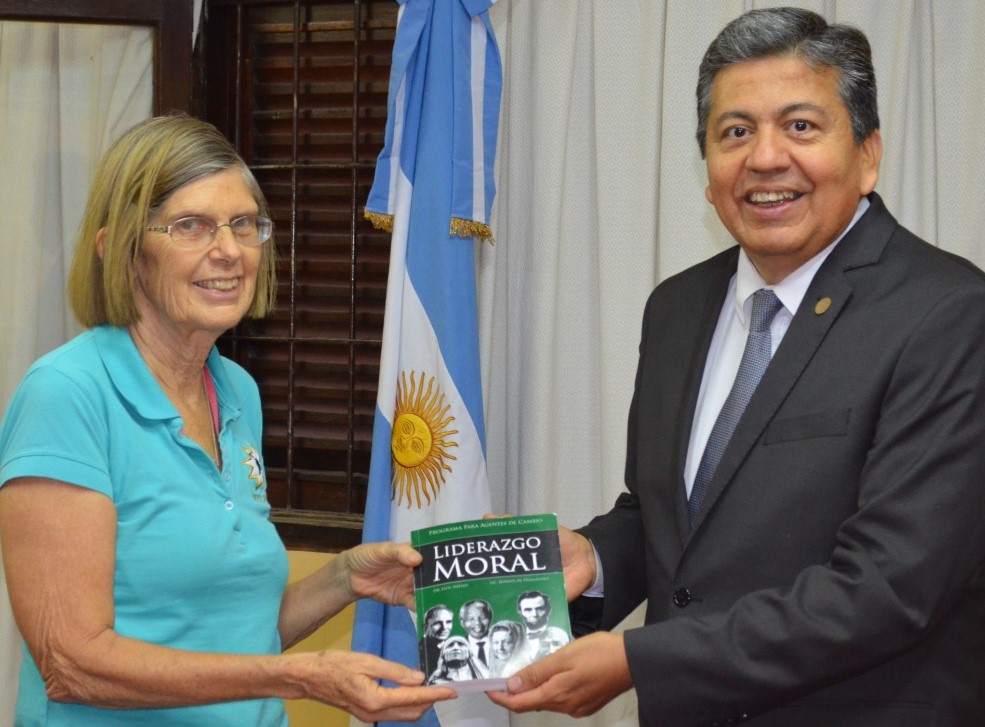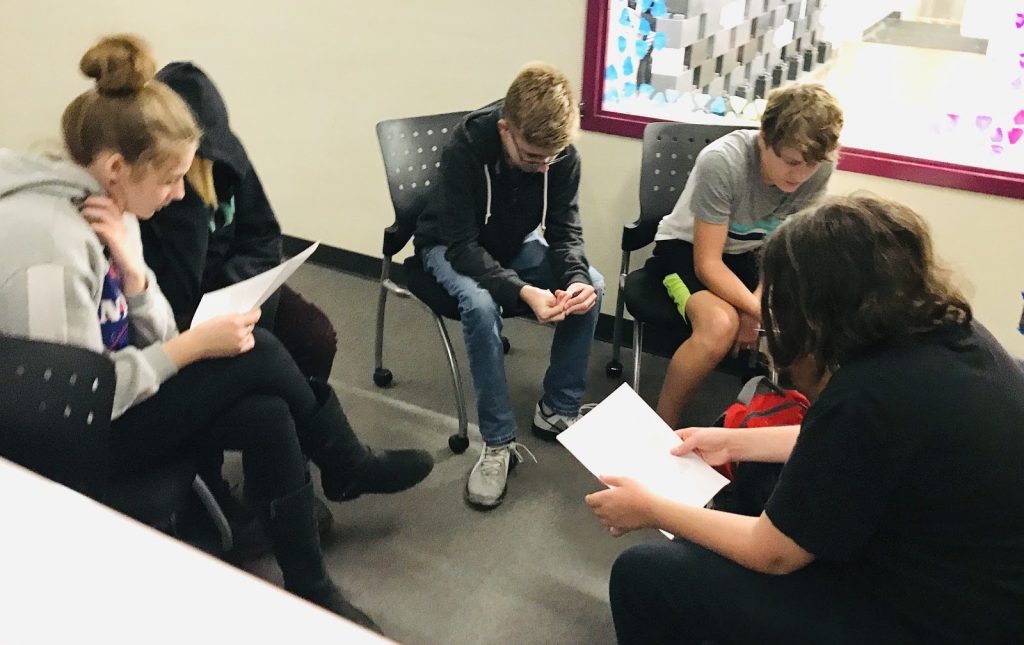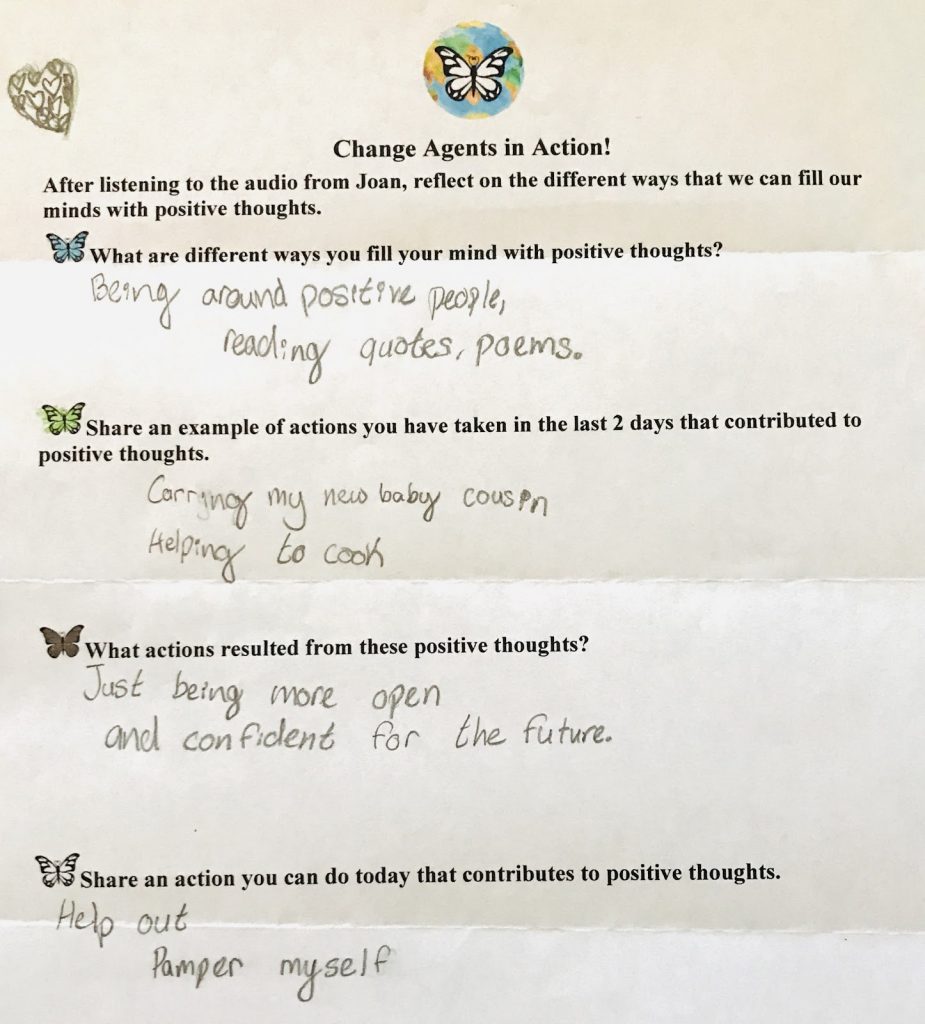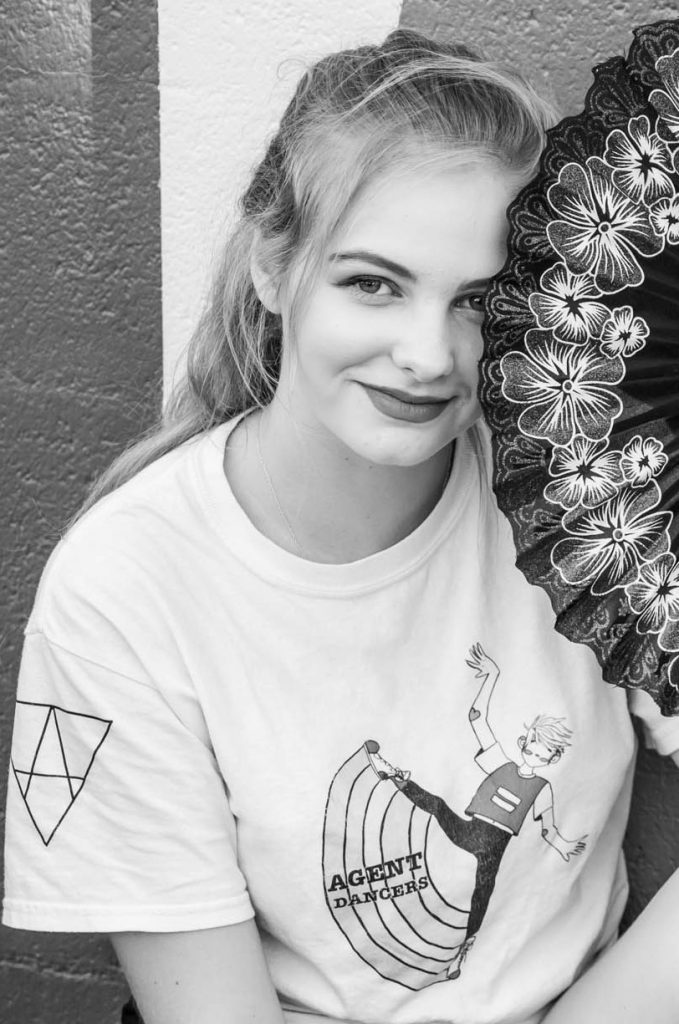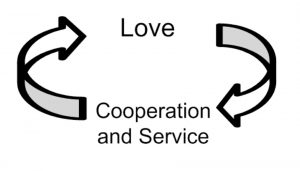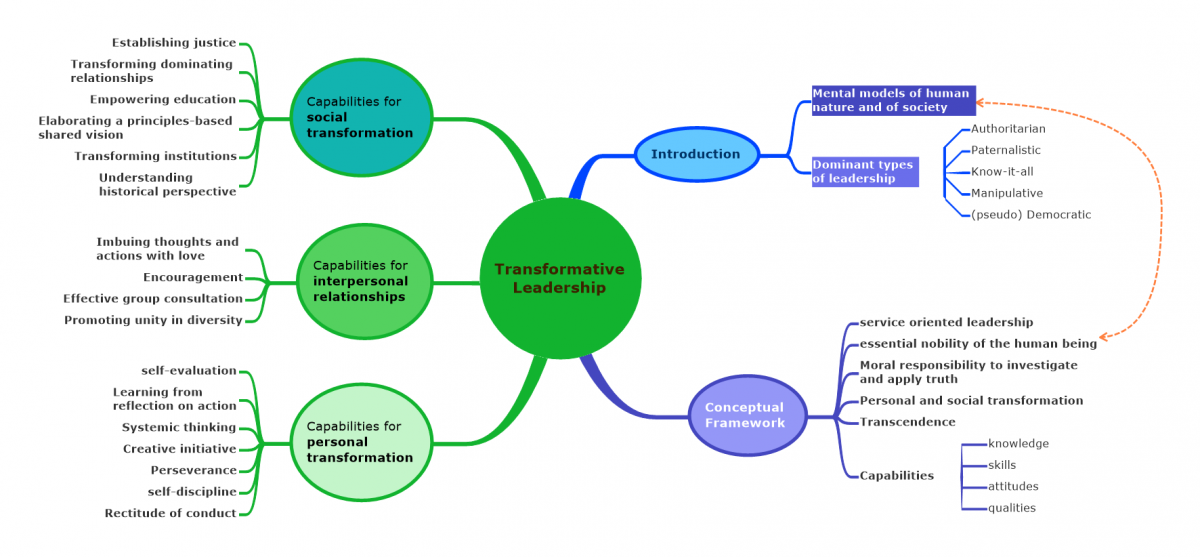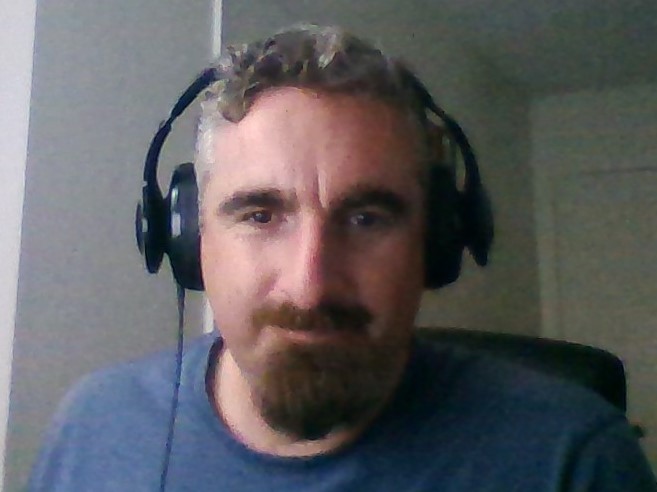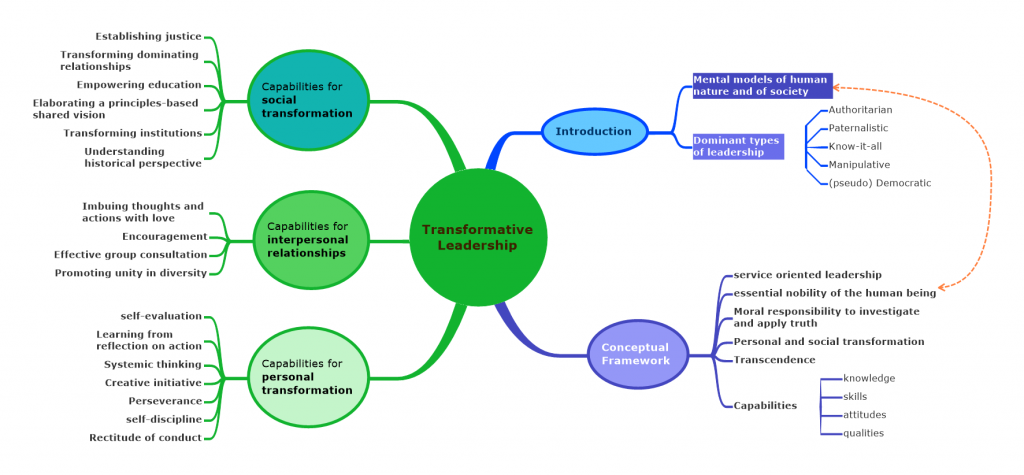
I recently had the opportunity to give a workshop on Teamwork to over 20 people who serve at the Bahá’í Temple in Chile. The workshop consisted of 4 sessions – one on Teamwork in general, and each of the others dedicated to a capability of Transformative Leadership: Learning from Reflection on Action, Systemic Thinking and Giving Encouragement.
I more frequently give workshops on the conceptual framework of Transformative Leadership and the capability of consultation, which I gave to personal at the Temple last March. So I thoroughly enjoyed delving into these three capabilities , since we usually only have the opportunity to do so in long-term projects.
Since the participants all serve in different teams of the same organization, they were able to consult in depth about how to apply each of the capabilities in their teams and how to better coordination between the teams.
The workshop on teamwork was based on the booklet Commitment-Based Administration and included topics, such as matching each person’s skills and interests to the tasks he is assigned, listening skills, different types of supervision, and characteristics of effective meetings.
In the workshop on learning from reflection on action the participants in each area used the following questions to guide their reflection related to a challenge they were facing:
- If and how what they have been doing contributes to the personal growth of those involved and to the quality of their service
- Positive aspects of the activity that they want to continue
- Aspects that they would like to better and how
- Their most important learning from the experience

In the workshop on systemic thinking, the participants practiced identifying patterns and then searching for the generating structure that created each pattern in order to apply solutions that address the root of a problem, instead of simply responding to the symptom.
In the workshop on giving encouragement, they focused on how to give effective compliments by being sincere, expressing the compliment as their personal feeling, mentioning concretely what the person did well, and complimenting effort and perseverance, rather than innate intelligence and capacity. (Those interested in learning more about this topic can sign up for the free digital course at https://transformative-leaders.teachable.com/p/giving-compliments) They also consulted about the process of accompaniment and how to make it more effective.

I was impressed by the speed with which the participants grasped the concepts and by the concrete examples they gave of how they could apply the capabilities, including practical suggestions that could be applied in the near future.
After the last session, one of the organizers wrote: “Thank you for sharing this marvelous workshop with us. Personally, it contributed greatly to both my personal and professional growth. What most impressed me was that it was very practical and concrete, adapted to the services we carry out at the Temple. Consulting in groups (composed of people who work in the same area of service) helped to achieve that.”










